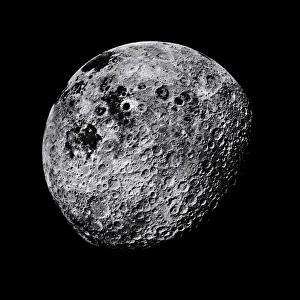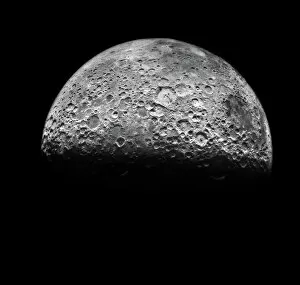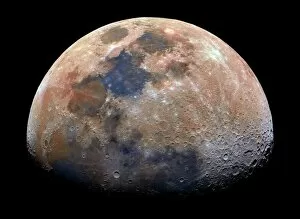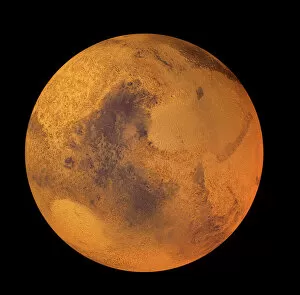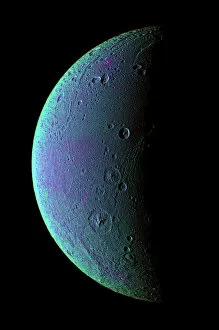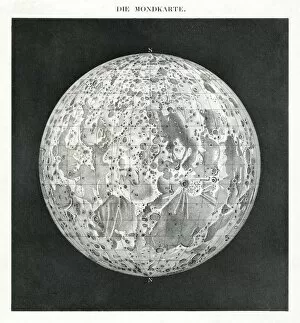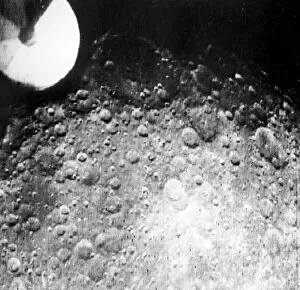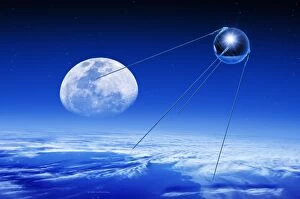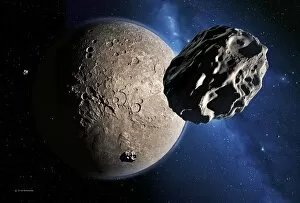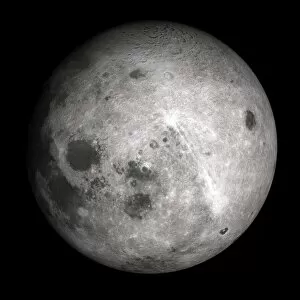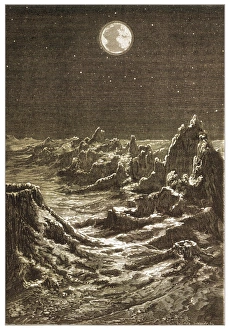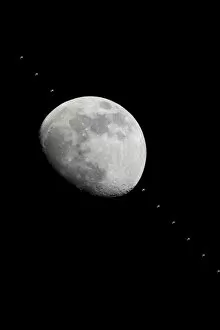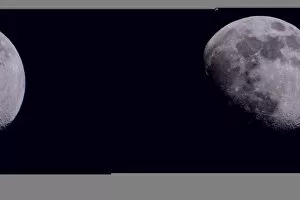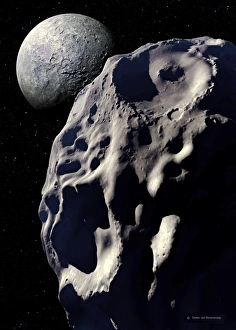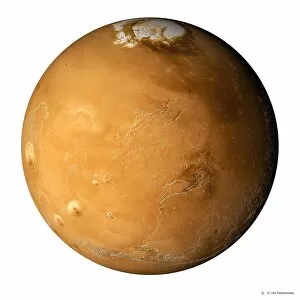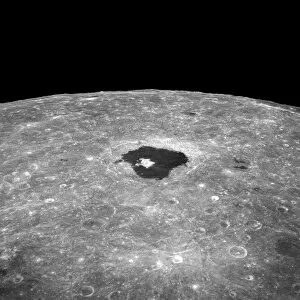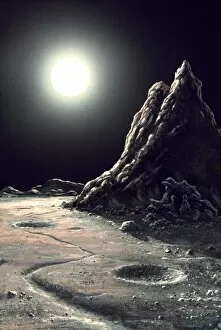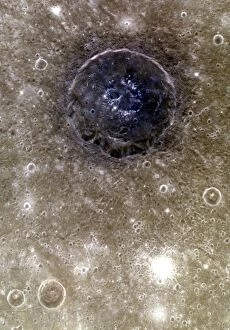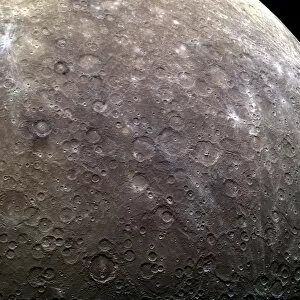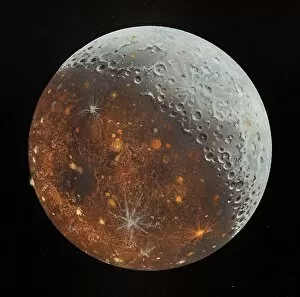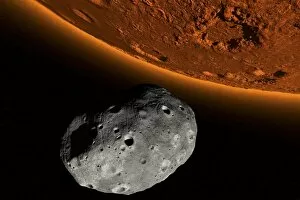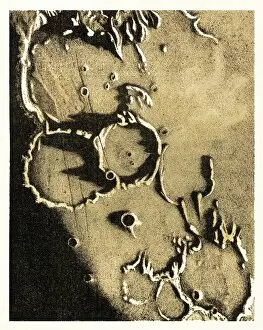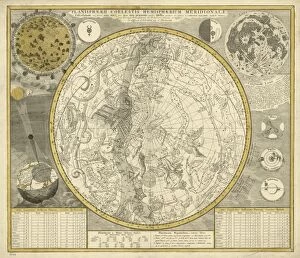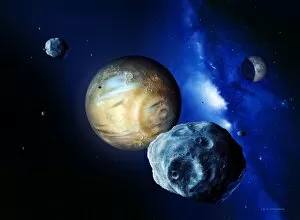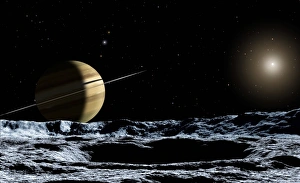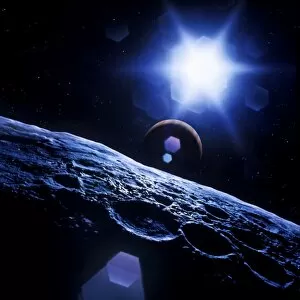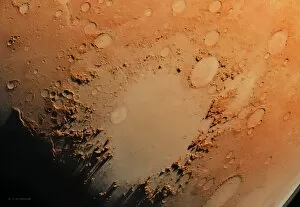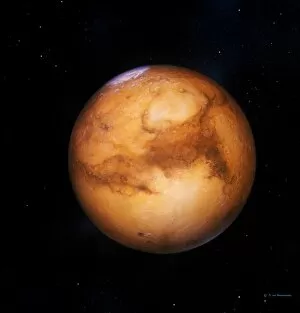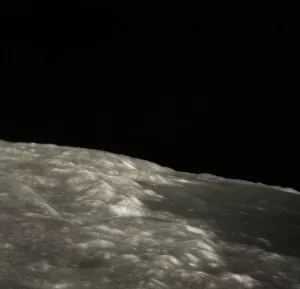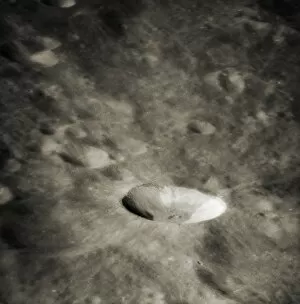Cratered Collection
"Cratered: Exploring Celestial Landscapes and Beyond" Embark on a visual journey through the cosmos as we delve into the captivating world of craters
All Professionally Made to Order for Quick Shipping
"Cratered: Exploring Celestial Landscapes and Beyond" Embark on a visual journey through the cosmos as we delve into the captivating world of craters. From the Apollo spacecraft's historic landing on the Moon to mesmerizing artwork depicting these lunar landscapes, our fascination with cratered terrains knows no bounds. Venturing beyond Earth's satellite, we uncover the mysterious far side of the Moon, where hidden wonders await. Mars, another celestial neighbor adorned with countless craters, unveils its rugged beauty as rovers traverse its rusty surface in search of answers. Saturn's moon Dione captivates us with an ethereal allure captured by Cassini's lens—a testament to nature's artistic prowess. A waxing gibbous Moon enchants us even further when computer enhancements bring out intricate details that often go unnoticed. The International Space Station (ISS) orbits above while casting its gaze upon Earth's faithful companion—the Moon—revealing stunning perspectives like never before. Transporting ourselves back in time, a lunar map from 1854 reminds us of humanity's enduring curiosity about our nearest celestial partner. Zond 3 grants us a glimpse at the Moon’s surface from yet another vantage point—an image that sparks wonder and awe within our hearts. Composite images featuring Sputnik 1 satellite remind us of humankind’s first steps into space exploration and how it paved the way for future discoveries. But let us not forget Venus—the enigmatic planet veiled in thick clouds—where probes have dared to venture amidst treacherous conditions. Through breathtaking artwork, we envision what lies beneath those layers and imagine what secrets they may hold. In this cosmic odyssey filled with craters aplenty, we are reminded of both our insignificance and boundless potential as we continue unraveling mysteries across vast expanses of space.


